One of the most well-liked garden perennial plants is lupines, with their vibrant spikes! Numerous of the hundreds of Lupinus species are indigenous to North America. You may find them in gardens and the wild from California to Maine. You may have seen pictures of Lupines before as they’re one of the most well-known flowers. Every April, it covers fields and the sides of roads, attracting a lot of outdoor enthusiasts.
Lupins are perennial herbaceous plants that may be cultivated from seeds, cuttings, or divisions. In the spring, the lupine’s leaves fall down to the ground and new growth develops from the roots underneath. Lupins may also be grown in pots inside with the correct illumination. Check out our comprehensive gardening guide to learn more about growing these plants.
 Source: Eden Brothers
Source: Eden Brothers
1. Germination
- A 7-day cold treatment greatly increases germination. Place seeds and slightly damp paper towels in a Ziploc bag and store them in the refrigerator. Another method would be to soak them in warm water for 24 hours. Treated seeds can be sown directly in a seed bed in spring or summer until August 1.
- Sow seeds at a shallow depth of about 1/4 inch under loose topsoil and 12 inches apart. Transplanting seedlings grown indoors may be done when they are 4 to 6 weeks old. They will have a higher chance of surviving at this stage since they haven’t yet grown a lengthy tap root. Make a hole that is twice as broad and 1/2 inch deeper than the seedling container. Plant your seeds approximately a foot apart.
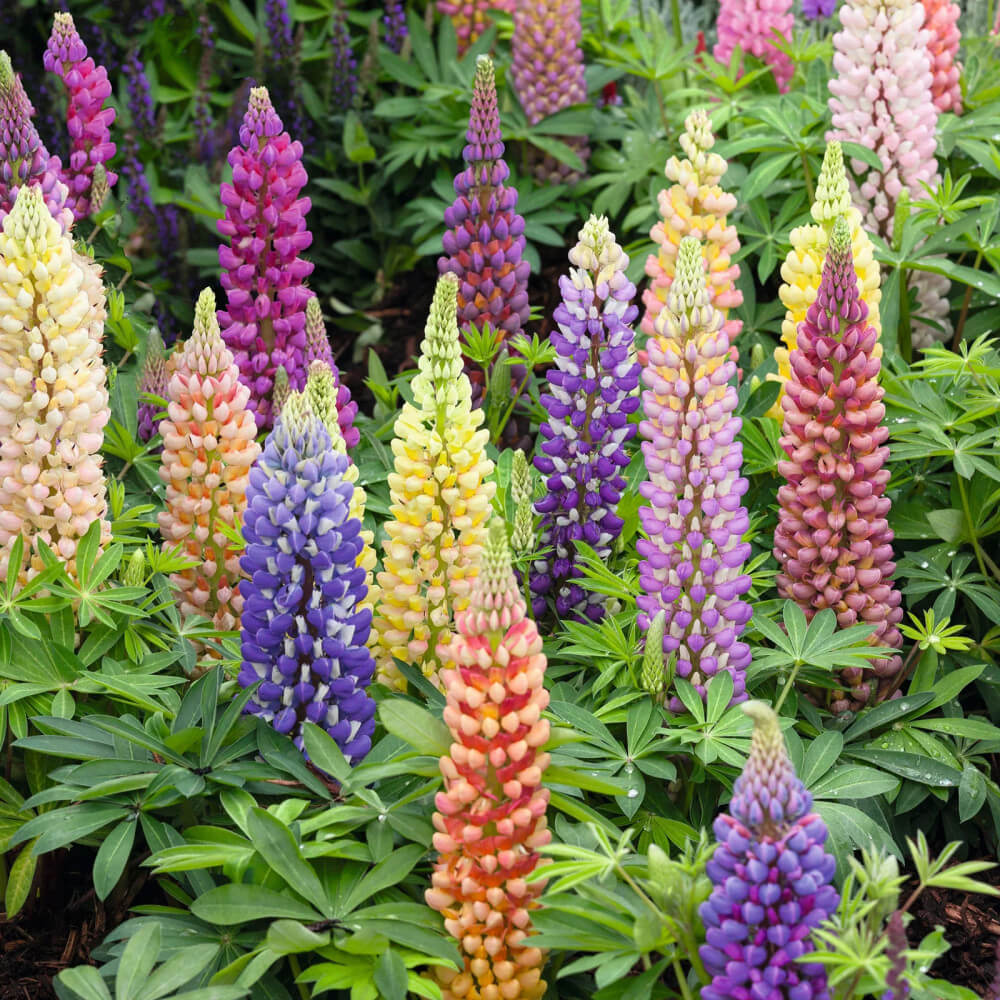 Source: The Spruce
Source: The Spruce
2. How To Grow
-
- Lupines like wet, sandy soil that drains well and moderate temps. They may grow in heavy soils but you must remove the soil to allow for their extensive taproots.
- Ensure that lupine plants receive appropriate water for optimal root development during the first few months in your garden, but allow the soil to dry out between waterings. After then, only water during droughts or extremely dry conditions.
- Choose a location with full sun or mild shade.
- During the summer, fertilizer should be applied every four weeks.
- Taller cultivars can require staking.
- To encourage new blooms, remove wilted flowers.
- When the pods turn yellow, save the seeds.
- Wait until spring before cutting dead spikes.
- For protection throughout the winter, add mulch around the plants.
 Source: Florgeous
Source: Florgeous
3. Pests & Disease
- Powdery mildew can affect the lupine, especially in hot, humid areas where it is poorly adapted. Apart from pill bugs (roly-polys, sow bugs), which like to devour the seeds and seedlings, there are no other significant pests for this plant. If seeds are not gently covered with soil at planting time, birds may become an issue.
They’re some beautiful species and images of lupine that you can take into consideration.
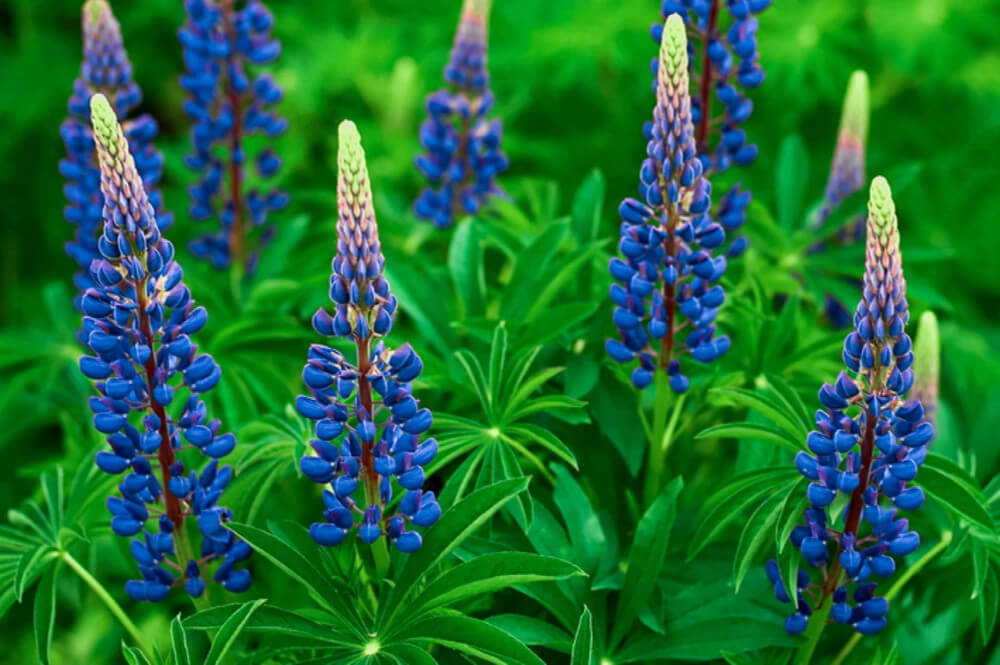
Source: Fine Gardening
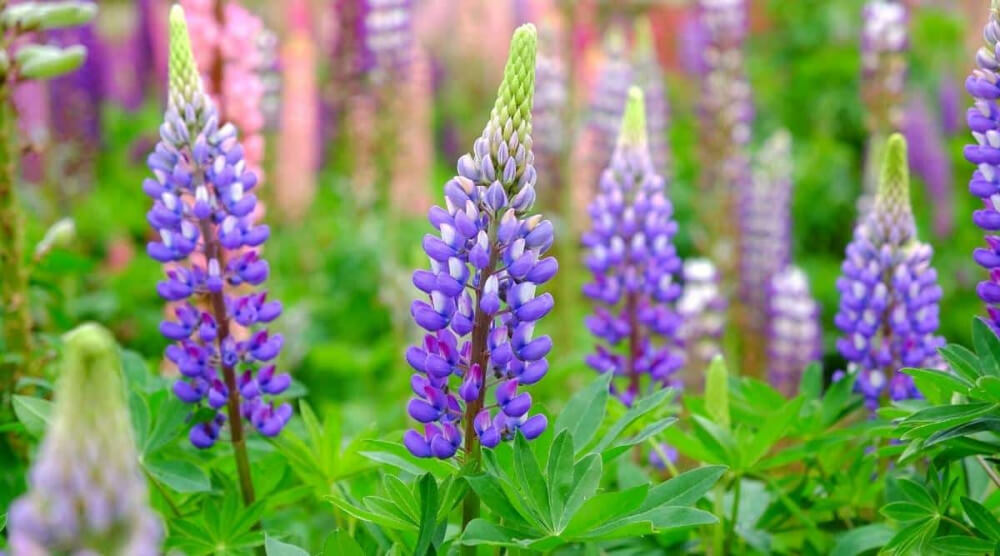 Source: All About Gardening
Source: All About Gardening
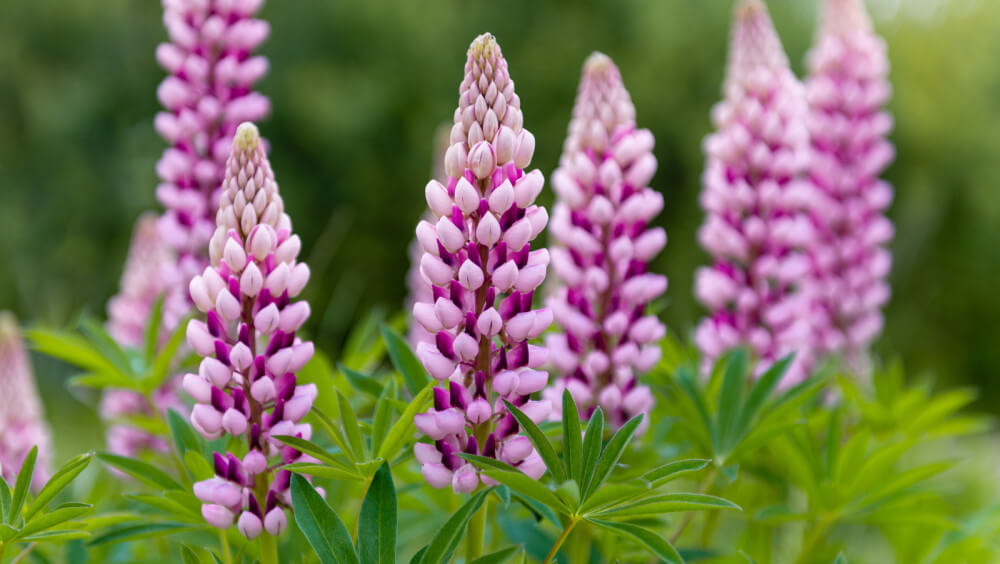 Source: House Digest
Source: House Digest
 Source: Nature & Garden
Source: Nature & Garden
 Source: Gardening.org
Source: Gardening.org
 Source: FloraQueen
Source: FloraQueen
 Source: American Meadows
Source: American Meadows
 Source: Garden Design
Source: Garden Design
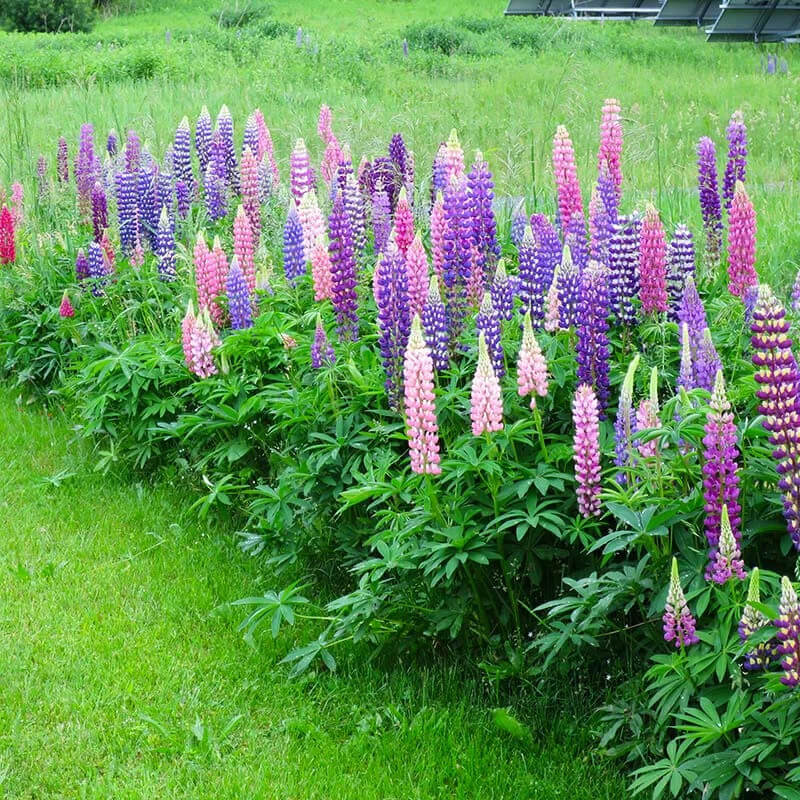 Source: Freepik
Source: Freepik
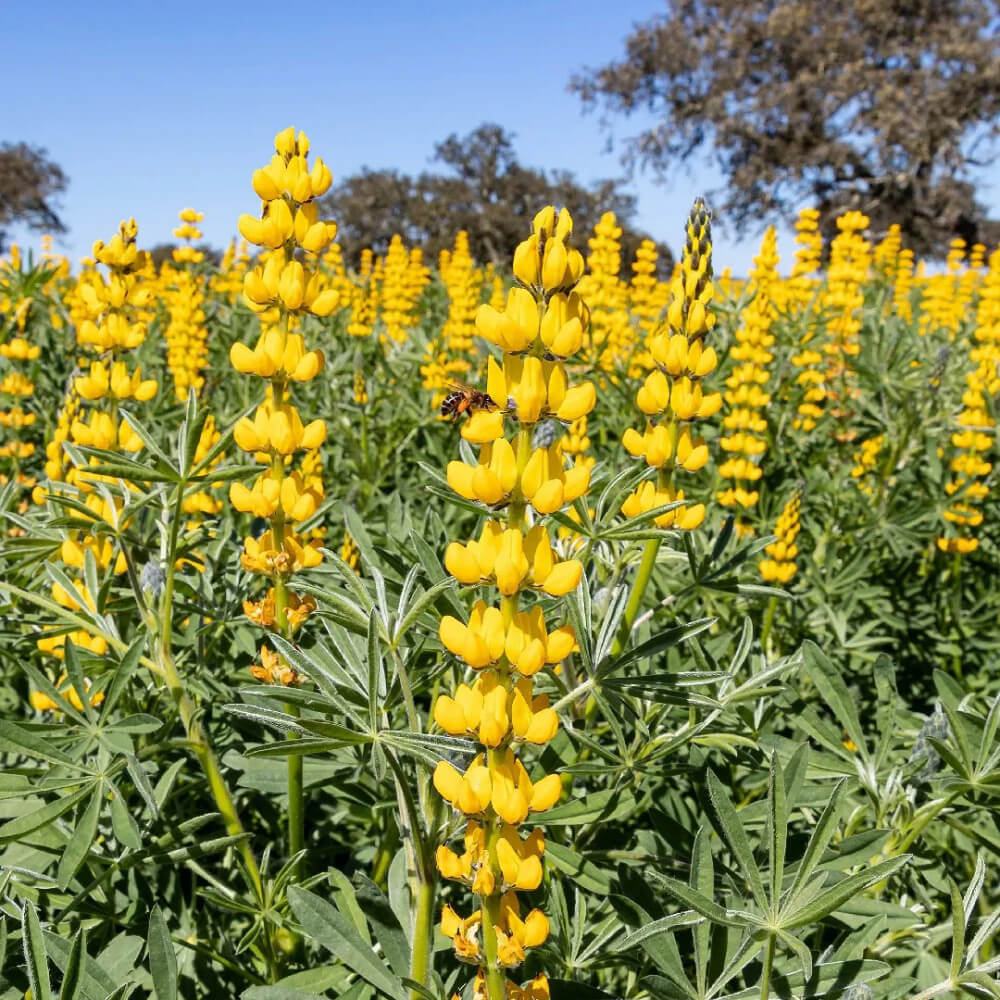 Source: PictureThis
Source: PictureThis
 Source: Track2Training
Source: Track2Training
